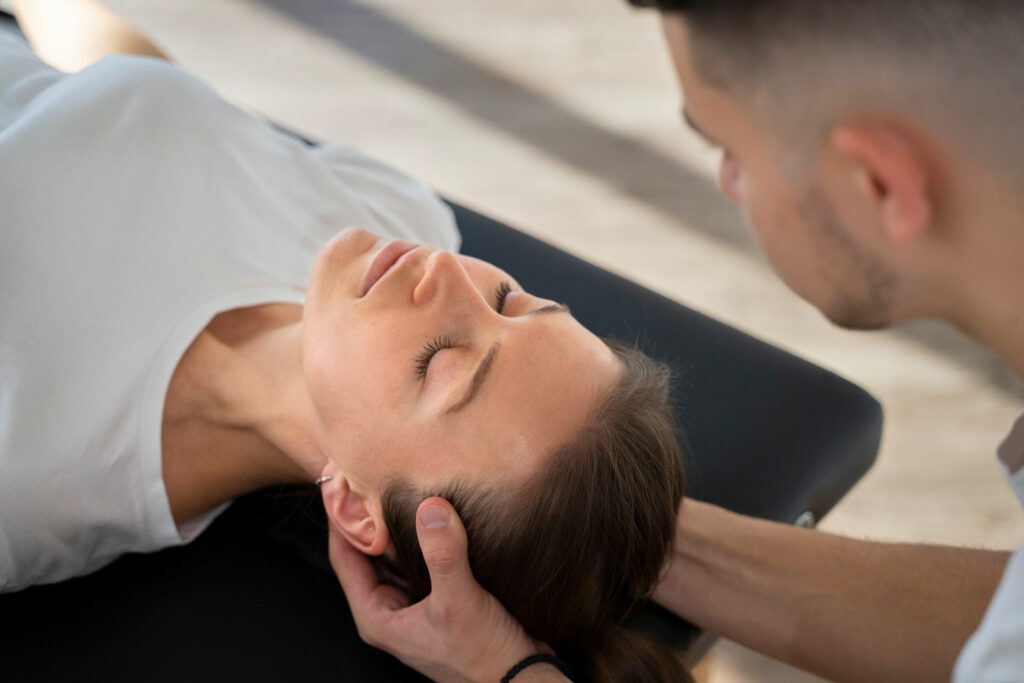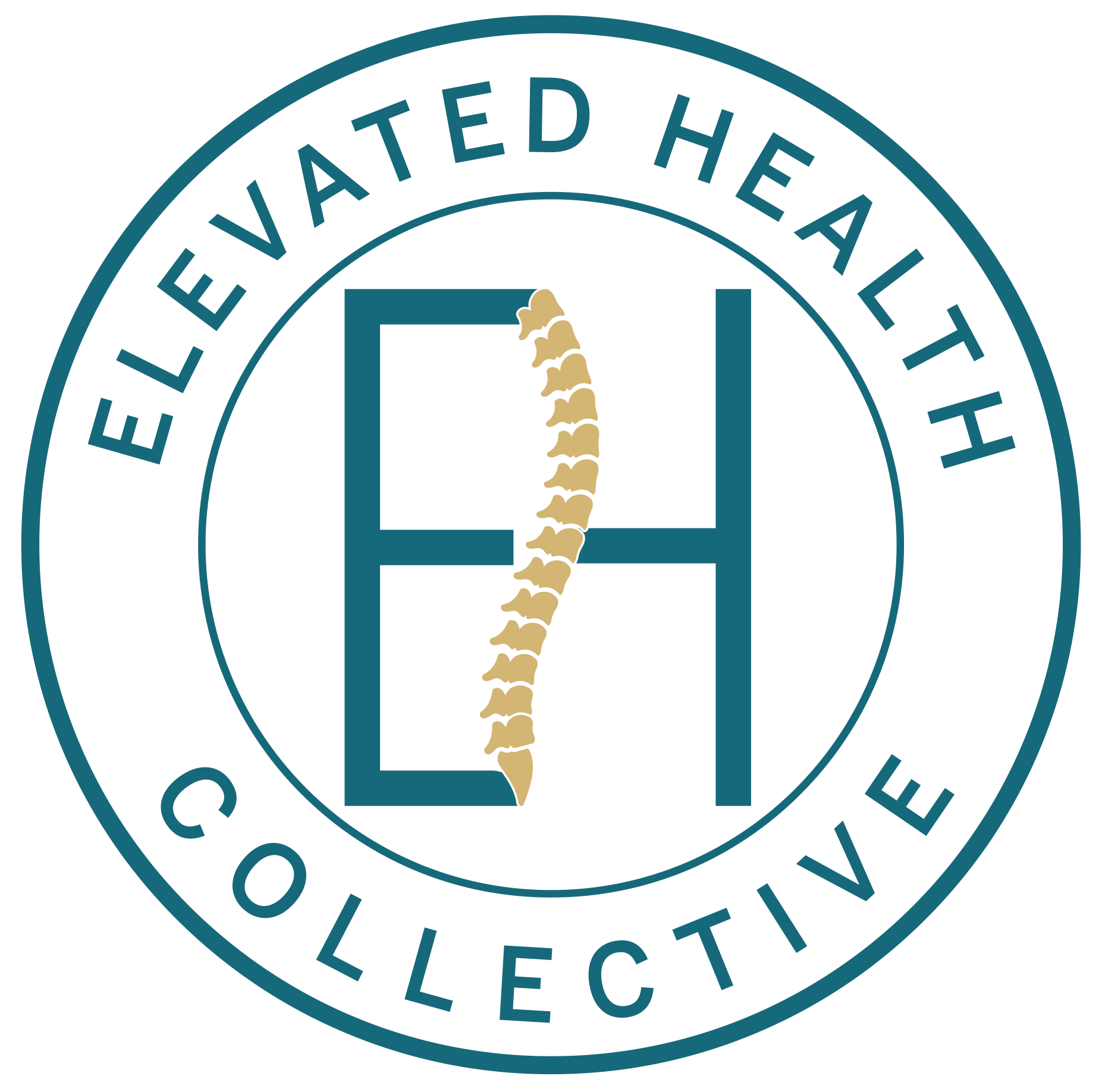
Cranial Osteopathy
Cranial osteopathy is one set of techniques used by manual osteopaths and one
of the hardest to understand. Its refined and subtle approach to treatment aims to
release stresses and tensions not only in the head, as the name would suggest,
but also throughout the whole body.
The techniques were developed by the American osteopathic physician William Garner Sutherland, and are designed to restore mobility and reduce tension in the cranial bones, the spinal dura, the meninges (the fascial covering that surrounds the brain), the base of the skull and the sacrum. These techniques also work on the central nervous system. They help with stimulating the flow of cerebrospinal fluid, which bathes and brings nutrition to the nervous system and they help stimulate the parasympathetic nervous system, this helps with relaxation and decreasing stress.
The techniques were developed by the American osteopathic physician William Garner Sutherland, and are designed to restore mobility and reduce tension in the cranial bones, the spinal dura, the meninges (the fascial covering that surrounds the brain), the base of the skull and the sacrum. These techniques also work on the central nervous system. They help with stimulating the flow of cerebrospinal fluid, which bathes and brings nutrition to the nervous system and they help stimulate the parasympathetic nervous system, this helps with relaxation and decreasing stress.
The bones of the skull are joined by strong fibrous tissue but there is a little give
between the bones so they can absorb shock if there is trauma. Otherwise the
skull would shatter like an egg when hit. The meninges (spinal dura) is like a
bathing cap that surrounds the skull. It joins the dura that surrounds the spinal
cord and then attaches at the base of the sacrum.
Following head injuries, concussions, post whiplash or a difficult, prolonged
childbirth there can be tensions in these areas. As a manual osteopath I use
gentle palpation to feel the tensions in these tissues. The skull will often not feel
symmetrical and I can feel the tension in the dura that surrounds the skull.
There is often tension at the base of the skull where the spinal cord and major
blood vessels pass through. My applied techniques will gently realign the cranial
bones and reduce tension in the cranial and spinal dura.
Cranial osteopathic treatment can help with:
- Headaches
- Post concussion symtoms
- Dizziness
- Tinnitus (ringing in the ear)
- TMJ (jaw) related issues
- Abnormal bite
- Facial pain, especially after trauma
During treatment people sometimes report feeling a warm sensation, very gentle
movement or unwinding. Most people will agree that it is a very relaxing form of
treatment.

